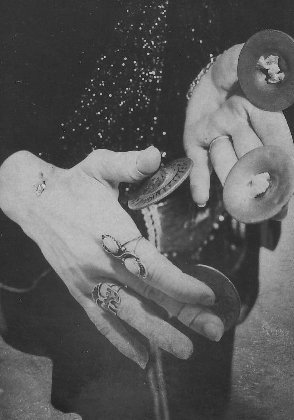Teacher’s Primer
INTRODUCTION
Articles On Class Structure, Teaching Theory and Practical Application, Production Planning, Choreography Concepts and More
This series is designed for teachers and those planning to teach. This 4-level Primer features articles on class development and implementation, teaching theory and practical application, class management, the business side of dance, licensing, music and dance copyright, dance standards, levels assessments, class management and includes contracts, lesson plan forms and student assessment forms. You’ll find articles on what the teacher needs to know to offer her best work to a student, as well as information on licensing issues, curriculum development, vocabulary development, teaching approaches, and more.
The purpose behind the Teacher’s Primer Workshop series is to develop and support a high standard for teachers involved in the instruction of alternative dance, including fusion, American danse orientale, synthesized dance and other forms. The classical. traditional and modern bellydance teacher will also find many of these articles helpful. Because alternative dance is neither adjudicated nor standardized, it has both immense personal freedom for dancers, which is good, and an abundance of poorly trained, improperly prepared “teachers” with no requirements for qualifications, which is bad.
Because there is no standard and no “proof of qualifications” required, anyone, even beginning level novices, can declare themselves a “teacher” and begin offering classes. It also makes it possible for poorly educated or badly trained students to begin teaching, thus contributing to the continuation of lowering standards and reduced expectations.
In this section of the site, we will assume that each person here cares enough about the art form to have made a decision for personal quality, high standards and a professional approach to teaching. I won’t pretend to have all the answers; I have been involved in the performing arts since 1970 and I still consider myself a student. However, after so long, I have learned a few valuable lessons along the way that I hope will help you become better teachers. It is to you, the next generation of teachers, that the burden will fall to raise up our art form and continue to hold it to high standards.
I don’t want to create the illusion that these articles will be easy to wade through. This site is intended for dance education, not entertainment. Those who reach for a higher standard in any art are open to attack and rejection. The important thing to realize is: you are not alone. The members on this site share the same idealistic goals; it is my hope that you will each stay in contact with each other, supporting the endeavors of all who are members here.
I welcome questions on the information posted here.
In the first segment, Before You Begin, or The Business Side of Things, I will be using the term services to represent your classes, workshops, performances and studio, and I am including references to products for those who also sell dance-related items from their studio or as a vendor, including music, costuming, jewelry and other dance supplies. However, if you like, you can use the word products to represent your classes and performances; make it relevant to you. I am also aiming certain aspects of the information to US dancers and studio owners, but the information is easily “translated” into which ever country you live in. The majority of information will suit any place; it is mostly the legal details that will change.
In the second part, The Beginning Instructor (But Not Just for Beginners), I am covering the information a beginning Teacher or studio owner would find helpful. However, there may be articles here that will help those who have already been teaching a while but would like to enhance their business. Here you will find information on dance standards, class levels, student assessments, teaching basics, the records a teacher needs to keep regarding her students, the foundation basics of dance, information on your teaching portfolio and more.
In the third part, Inside the Studio and Troupe, I’ll be covering such things as how to develop improve in students, cross-training, ethics, how to present recitals, how to write music credits, performing rights laws, and how to develop and grow a troupe.
Finally, in part four, Beyond the Beginning, I will be looking at choreography, stage productions and options as the dancer matures past performance.

